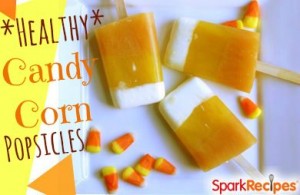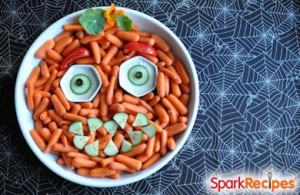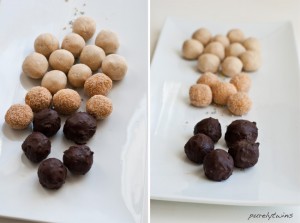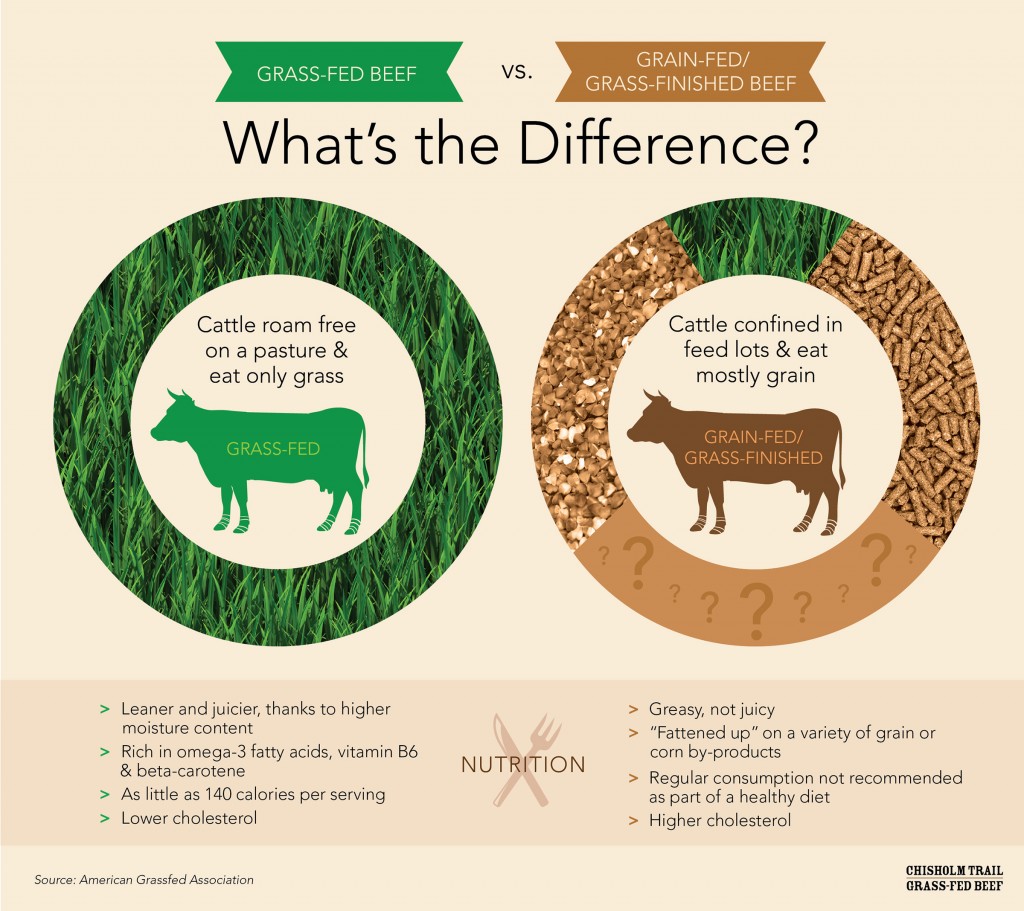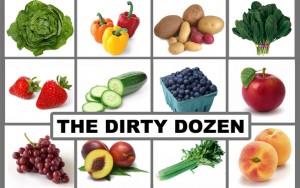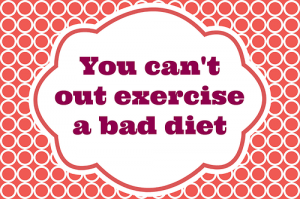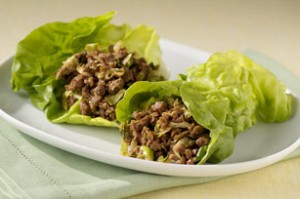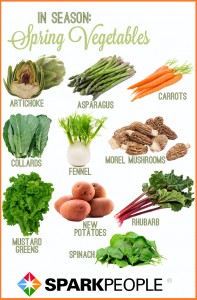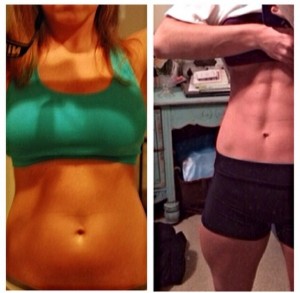Candy, candy, candy! Tis the season! Don’t let Halloween kickoff the holiday season by adding inches to your waistline. Below are some healthy recipes that will help you feel as though you are cheating but will continue to help you focus on bettering your fitness and health!
Candy Corn Popsicles
Turn yogurt and juice into a seasonal treat. Serve these on Halloween morning for a fun & healthy breakfast treat OR eat after your halloween workout!
Ingredients:
1 scoop vanilla whey protein mixed with 6 oz water or unsweetened almond milk
1 cup orange juice
1 cup pineapple juice
Popsicle molds
To make these dairy-free, use coconut milk and veggie based protein powder.
If you don’t have popsicle molds, use paper cups and craft sticks.
Carefully pour two tablespoons of protein mix into the bottom of your molds. Freeze for 20 minutes.
Pour the orange juice evenly into all the molds. Freeze for another 20 minutes.
Pour the pineapple juice on top of the orange juice.
Freeze until set.
Serving Size: Makes 6 popsicles
Pumpkin Shaped Vegetable Tray
If you’ll be going to a Halloween (or any holiday) gathering, make sure to bring an appetizer or food option that will help encourage you (and others) to fuel up with the healthiest alternatives to typically snacking foods.
Ingredients:
large shallow bowl
2 small ramekins
1 cup low-fat ranch dip or dressing (or another variety)
3-4 (1-pound) bags baby carrots
1/2 cup sliced cucumber, each slice cut into triangles
Dip:
16 oz Greek Yogurt
Ranch dressing mix
For garnish:
Pepper strips, olives, nasturtium leaves, etc.
Directions:
Pour the carrots into the dish.
Pour the dressing/dip into the ramekins and nestle them into the carrots where the jack-o-lantern’s “eyes” should go.
Arrange the cucumbers on top of the carrots as “teeth,” and place two pepper strips above the “eyes.”
Add the nasturtium (a type of edible flower) leaves as the pumpkin stem, or use a wedge of cucumber, cut side down.
Just before serving, place half an olive on top of each ramekin of dip.
Serving Size: 1 tablespoon dip, about 1/2 cup carrots
Number of Servings: 20
Banana Yogurt Ghosts
These fun frozen bananas are as simple as they are healthy. You’ll need just three ingredients.
Ingredients
1 banana, sliced in half
2 popsicle sticks or wooden skewers
1/4 cup low-fat Greek yogurt
1/2 scoop vanilla whey protein OR 1/2 pouch sugar free vanilla pudding mix
4 mini chocolate chips
Tips
Greek yogurt sticks to the bananas better than regular yogurt.
Directions
Carefully poke the banana onto the skewer.
Mix the yogurt and whey protein or vanilla pudding together.
Spread the yogurt mixture over the bananas.
Gently place them on a baking sheet lined with parchment or waxed paper.
Adorn with two mini chocolate chips as eyes.
Freeze until firm and serve.
Serving Size: 2 banana “ghosts”
Pumpkin Protein Cake Balls
Satisfy that chocolate craving with a high-protein, low carb healthy treat.
Ingredients:
1/3 cup protein powder (vanilla)
1/8 cup agave
1/2 tsp cinnamon
1/8 cup pure pumpkin
1/8 cup almond butter
2 tbsp sugar free vanilla pudding mix
Lily’s chocolate chips sweetened with stevia (or sugar free chocolate)
Mix all ingredients together. Add little bits of water if needed. Dough should be thick like cookie dough. Form 1 inch balls and place on parchment paper. Freeze. Once frozen, melt chocolate chips and coat balls with a thin layer of chocolate. Freeze again and serve frozen or at room temperature. They stay fresh in the fridge for 5 days and in the freezer for 5 months.
Tip: For an even healthier option, roll the cake balls in cocoa powder or cinnamon in lieu of the chocolate coating.
Makes approximately 6-8 balls.
Recipes adapted from Spark People

